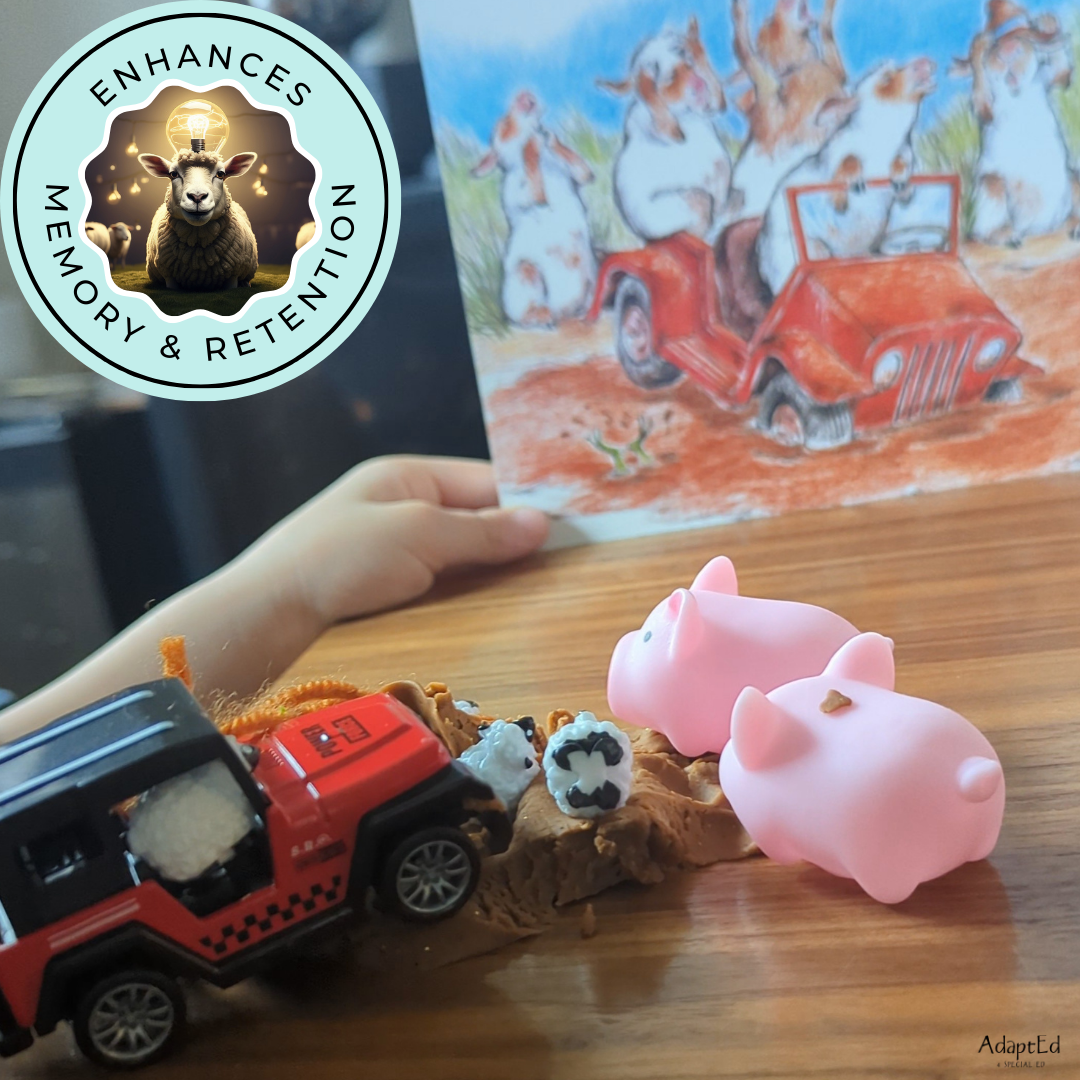Hello there, Krystie here from AdaptEd 4 Special Ed. In our commitment to fostering inclusive classrooms, it's essential to delve into the theoretical roots that support multi-sensory learning. By understanding these concepts, we can better cater to students with diverse learning needs, including those with special educational requirements.
A Deep Dive into Multi-Sensory Learning
At its core, multi-sensory learning is an educational method that engages several senses at once. Research suggests that when students use a combination of senses—such as visual, auditory, tactile, olfactory, and gustatory—they can enhance memory retention and learning capabilities (Willis, J., "Research-Based Strategies to Ignite Student Learning," Association for Supervision and Curriculum Development, 2006).
VARK Learning Styles Model
Developed by educator Neil Fleming, the VARK model defines four main types of learners: Visual, Auditory, Reading/Writing, and Kinesthetic (Fleming, N., & Baume, D., "Learning Styles Again: VARKing up the right tree!," Educational Developments, SEDA Ltd, 2006). MSL integrates elements from each learning preference, helping to create a more dynamic and inclusive educational experience.
Gardner's Multiple Intelligences Theory
Proposed by psychologist Howard Gardner, the theory of Multiple Intelligences showcases a spectrum of cognitive abilities ranging from linguistic to kinesthetic (Gardner, H., "Frames of Mind: The Theory of Multiple Intelligences," Basic Books, 1983). Multi-sensory learning draws on these varied intelligences, allowing educators to reach students in ways that resonate with their individual strengths.
Sensory Integration Theory
Occupational therapist A. Jean Ayres' Sensory Integration Theory focuses on how sensory processing affects learning and behavior (Ayres, A.J., "Sensory Integration and Learning Disorders," Western Psychological Services, 1972). This theory lends credence to the notion that sensory-rich environments can facilitate better academic outcomes, particularly in special education.
Insights from Neuroeducation
Neuroeducational research has offered insights into how the brain's sensory systems can influence educational results, suggesting that engaging multiple senses leads to improved knowledge retention (Willis, J., "Research-Based Strategies to Ignite Student Learning," Association for Supervision and Curriculum Development, 2006). This supports the idea that multi-sensory learning aligns with our innate neurological processes.
Constructivist Learning Approach
Constructivist theorists like Jean Piaget and Lev Vygotsky believed that knowledge is constructed through direct experiences (Piaget, J., "The Psychology of Intelligence," Routledge, 2001; Vygotsky, L. "Mind in Society: The Development of Higher Psychological Processes," Harvard University Press, 1978). Multi-sensory learning provides a range of experiences that allow learners to form cognitive links and construct personal understanding.
The Value in Special Education
In the context of special education, incorporating multi-sensory learning becomes particularly critical. Learners with special needs may require additional sensory stimuli to grasp concepts that are not as accessible through conventional teaching techniques. By employing an MSL approach, educators can offer varied pathways for understanding and interaction, accounting for each student's unique learning profile.
Wrapping Up
The theories backing multi-sensory learning are robust and draw from various disciplines including psychology, neuroscience, and educational theory. Our mission at AdaptEd 4 Special Ed is to harness these principles to craft teaching strategies that accommodate learners across the spectrum. Embracing the theoretical framework of multi-sensory learning empowers us to deliver education that recognizes and celebrates the full capacity of every student's potential.
Thank you for joining me in this exploration of the underpinnings of multi-sensory education. As we continue this journey, we're shaping a pedagogical landscape where every child is seen, heard, and given the tools to succeed. Keep an eye out for upcoming insights and strategies to make learning accessible and engaging for all students.



